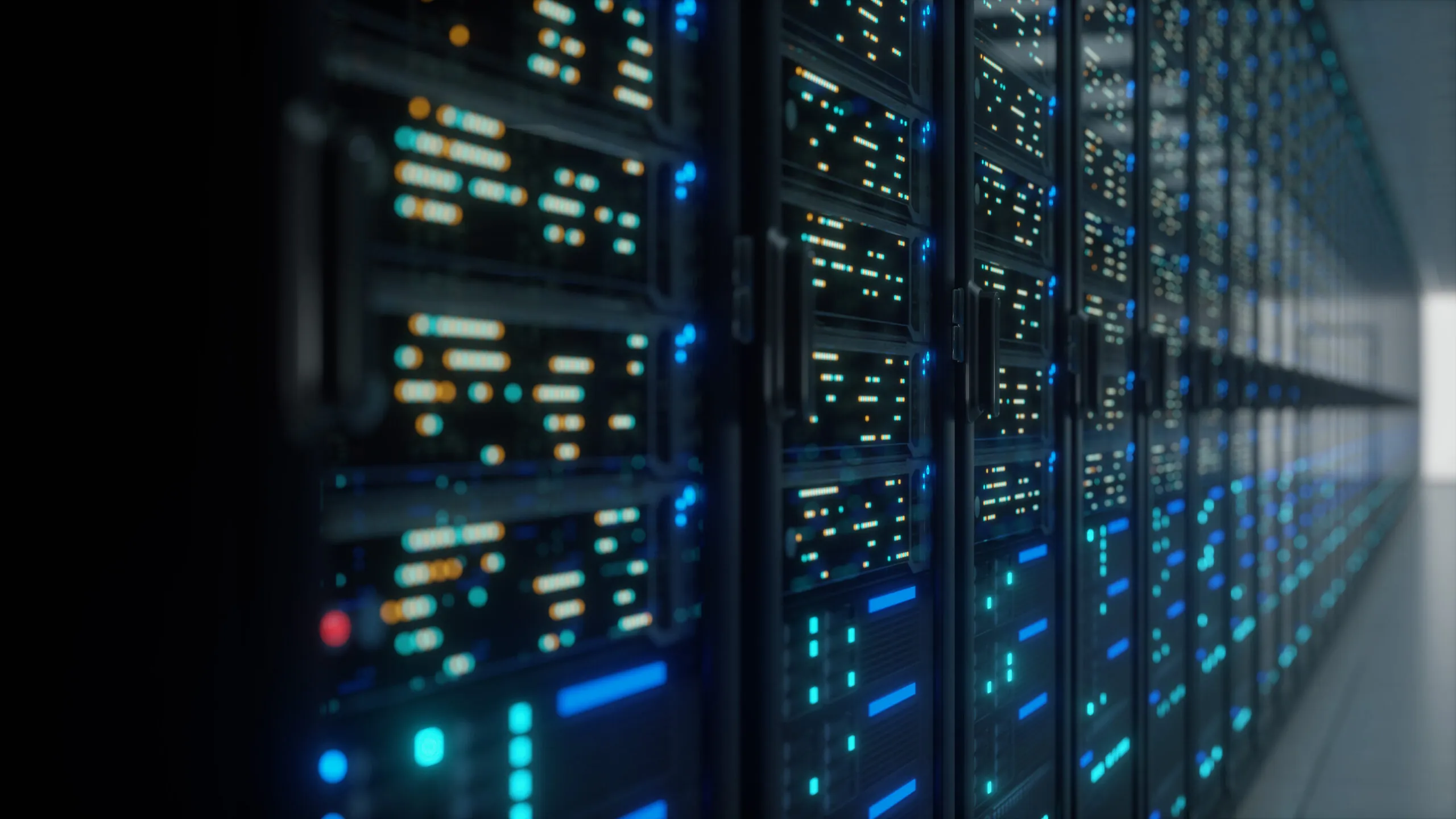How AI is Creating Energy, Data, Security, and Storage Problems Galore18 min read

The power and potential of AI may be awe inspiring, but fulfilling its promise won’t be easy. Data centers must prepare to change how they do business to accommodate AI workloads.
“Planning for change and ensuring flexibility are key to navigating AI adoption,” said Rob Lee, CTO of Pure Storage.
Data centers will play a key role if the AI dream is to be realized. Major areas for data centers to address include:
- Huge increases in processing power
- Lack of energy availability
- AI needs in conflict with net-zero and ESG goals
Processing Power
AI crunches more numbers and sifts through larger blocks of data faster. ChatGPT, for example, is a generative AI engine that uses the internet as its data store. Its speed of processing is monumental. Serving an ever-larger user base with gen AI and other forms of AI requires a leap in processing power.
According to a Pure Storage report “Drivers of Change: Meeting the Energy and Data Challenges of AI Adoption,” 88% of those who have adopted AI saw computing power surge dramatically. 74% confirmed that AI required or will require significant upgrades or a complete overhaul of their IT infrastructure. 47% have increased their computing power by double or more since adopting AI.
“As power and data demands increase exponentially in the age of AI, investing in and deploying the right AI-ready data infrastructure is not only essential to effective deployment and energy efficiency, but to driving the most value out of AI projects,” said Lee.
Energy Availability
You can only add more compute resources if the power and cooling capabilities are there to support it. For most data centers, power constraints are a serious problem standing in the way of AI ambitions. According to the Pure Storage survey, lack of preparation has thwarted many an AI project already. 73% of IT buyers whose companies have implemented AI said they were unprepared for the energy requirements. They ran into a variety of problems: the internal power management set up needing a complete revamp to accommodate more power; the building or local grid being unable to supply it; local ordinances forbidding the provision of more power to data centers; and conflicts between power requirements and corporate or governmental environmental, social, and governance (ESG) targets.
89% of those surveyed were concerned about AI’s need for increased compute power impacting their ability to meet their ESG goals. A similar percentage agreed that meeting ESG goals would be impossible without properly preparing their IT infrastructure to support AI initiatives. 62% admitted to being under a great deal of pressure to reduce their company’s carbon footprint on the one hand and upgrade their data center infrastructure on the other hand to support AI initiatives. As a result, 60% of those who have already adopted AI technologies (or plan to in the next 12 months) stated that they invested in or will invest in more energy-efficient hardware to meet their ESG goals. This will manifest in various ways:
- 61% plan to invest in more energy efficient hardware
- 49% want to be able to shut down equipment when not in use
- 48% intend to invest in green energy
Storage
AI is data intensive. Storage demands are multiplying. But with over 80% of data in data centers held on spinning magnetic hard disks, energy demands are going through the roof and storage costs are spiraling out of control. The solution appears to lie in sophisticated tiering:
- In-memory data for super-fast AI needs
- Flash-optimized storage systems for most other AI workloads
- Spinning disk for warm data that is needed by systems other than AI
- Tape and optical storage for cold and frozen data tiers of inactive data
“Active archives based mainly on tape technology can store huge quantities of cold data yet make it available relatively quickly,” said John Monroe, an analyst at Furthur Market Research.
Security
According to Gartner, 80% of CIOs plan to increase spending on cybersecurity in 2024. This is in response to the increasing threat levels that currently exist. And things are expected to get worse as cybercriminals deploy AI-based tools to increase the effectiveness of their phishing campaigns and malware strains.
A report by Arkose Labs, “Breaking (Bad) Bots: Bot Abuse Analysis and other Fraud Benchmarks,” found bots and human fraud farms were responsible for tens of billions of attacks so far this year, and AI is making the picture even grimmer. Cybercrime-as-a-Service (CaaS) and generative AI (GenAI) are having a major impact on the escalation of fraud against consumers’ online accounts.
“There has been a significant uptick of GenAI being used for content generation by bad actors who are now able to write pristine phishing emails for Man-in-the-Middle attacks or perfectly worded responses on dating apps in their romance scams,” said Kevin Gosschalk, CEO of Arkose Labs. “In addition, attackers are using bots to scrape data from websites and then using that data to tune their GenAI models.”
As a result, bot attacks overall increased 167% in the first half of the year, weighted heavily by a 291% increase in intelligent bots. These smart bots are capable of complex, context-aware interactions.
AI, therefore, can be looked upon as both a blessing and a curse. It opens many doors to revenue and functionality as long as data centers can adapt quickly enough. But AI also arms the bad guys with more tools to penetrate data center infrastructure.
Real-time monitoring, data-driven optimization.
Immersive software, innovative sensors and expert thermal services to monitor,
manage, and maximize the power and cooling infrastructure for critical
data center environments.
Real-time monitoring, data-driven optimization.
Immersive software, innovative sensors and expert thermal services to monitor, manage, and maximize the power and cooling infrastructure for critical data center environments.

Drew Robb
Writing and Editing Consultant and Contractor
0 Comments